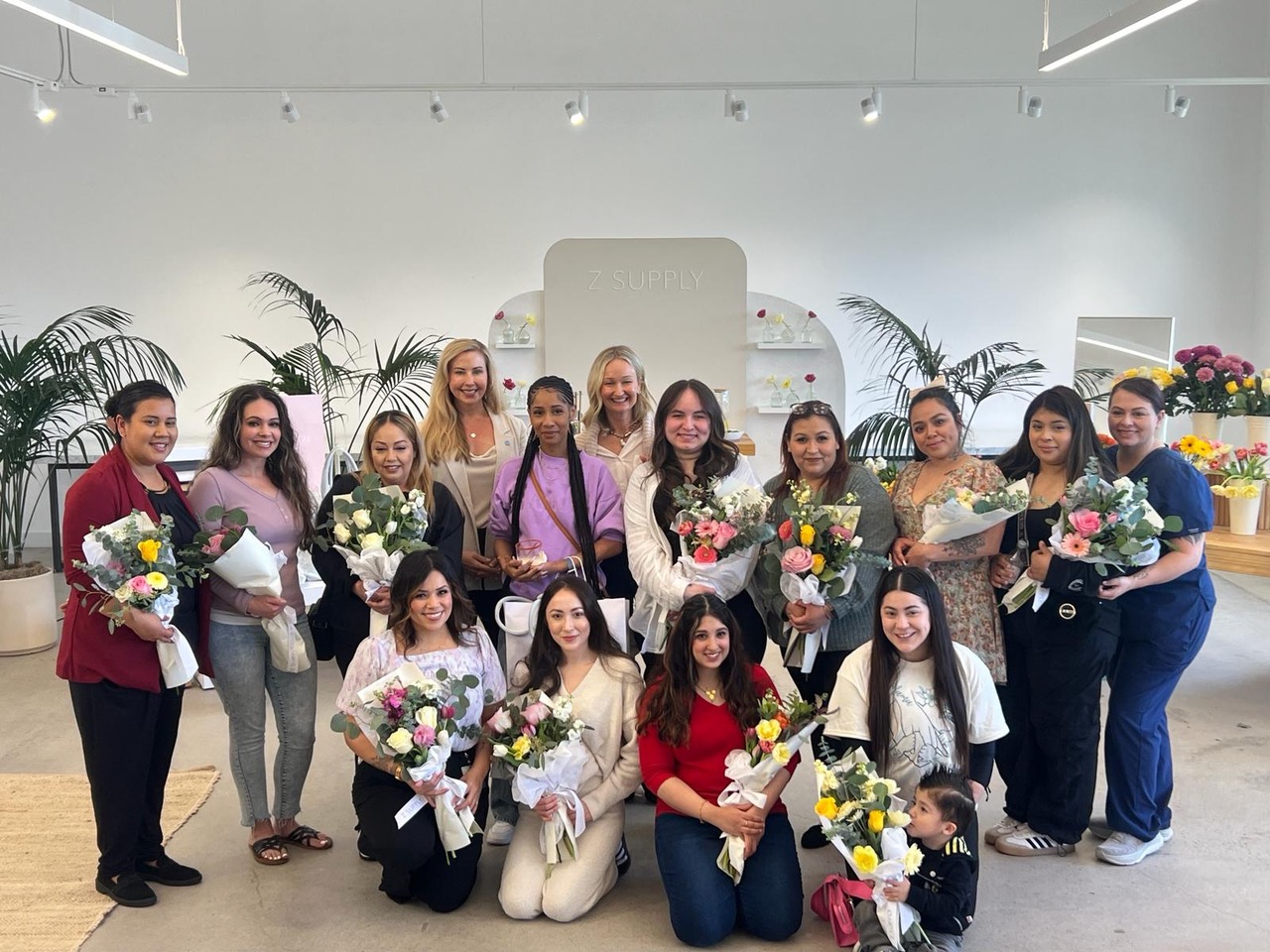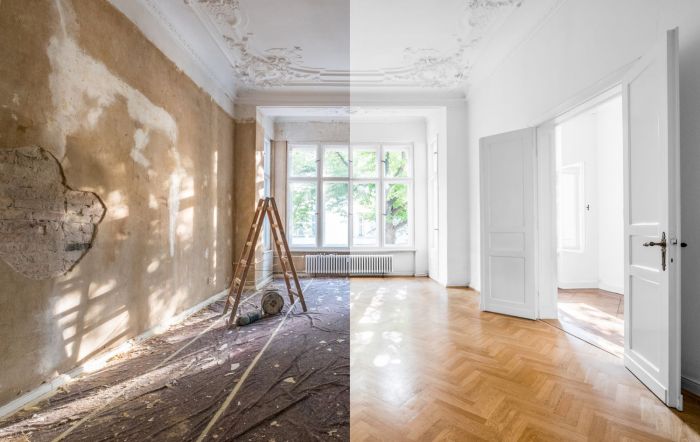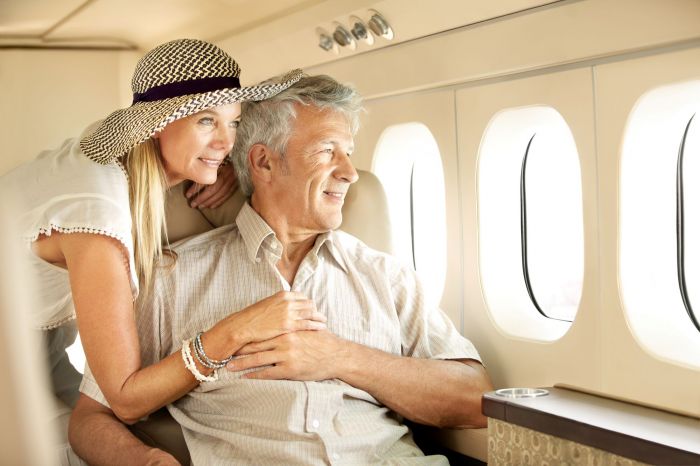
2012 Mid-Autumn Festival falls on September 30. People enjoy one day off on that day which is usually connected with the weekend. Welcome to Vietnam and explore the traditional folk customs of this interesting festival!
Introduction
Falling on the 15th day of the 8th month according to Chinese lunar calendar, the Mid-Autumn Festival is the second grandest festival after the Spring Festival in Vietnam. It takes its name from the fact that it is always celebrated in the middle of the autumn season. The day is also known as the Moon Festival, as at that time of the year the moon is at its roundest. On this day, family members gather to appreciate the bright full moon, eat moon cakes at night, express strong yearnings toward their homes and think of family members who live far away.
Legend
The story of Chang E is the most widely accepted tale regarding the origins of the Mid-Autumn Festival. It is said that in ancient times, ten suns existed and the extreme heat made people's lives very difficult. It was the hero Hou Yi who, owing to his great strength, shot down the nine of the ten suns. On hearing of this amazing feat and the hero who performed it, people came from far and wide to learn from him. Peng Meng was among these people. Later, Hou Yi married a beautiful and kind woman named Chang E and lived a happy life.
One day, Hou Yi came upon Wangmu (the queen of heaven) on the way to meet his old friend. Wangmu presented him an elixir which, if drunk, would cause him to ascend immediately to heaven and become an immortal. Instead of drinking the potion himself, Hou Yi took it home and presented it to Chang E to keep. Unfortunately, Peng Meng secretly saw Hou Yi give the potion to his wife and three days later, while Hou Yi was out hunting, Peng Meng rushed into the backyard and demanded that Chang E hand over the elixir. Knowing that she could not win, she took out the elixir and swallowed it immediately. The moment she drank it, she flew out of the window and up into the sky. Chang E's great love for her husband drew her towards the Moon, which is the nearest heavenly body to the earth.
On realising what happened to his wife, Hou Yi was so grief stricken that he shouted Chang E' s name to the sky. He was amazed to see a figure which looked just like his wife appeared in the Moon. He took the food liked by Chang E to an altar and offered it as a sacrifice for her. Hou Yi's neighbours also burned incense and prepared food to express their good wishes to the kind Chang E. This became a custom later every year.
Customs on Mid-Autumn Day
Different customs have evolved in different areas regarding the Mid-Autumn Festival. The most significant customs are to appreciate and offer sacrifice to the round bright moon and eat moon cakes. Other activities like dragon dancing and doing obeisance to the moon are also considered highly important.
Appreciating and Offering Sacrifice to the Moonlight:
Since ancient times, Chinese emperors offered sacrifices to the sun in the spring and the moon in autumn. Especially in the Zhou Dynasty (11th century BC - 221 BC), the big incense burn table was arranged and all kinds of food were offered in sacrifice that day. However, appreciating the moon became more popular in the Tang (618 - 907) and Song Dynasties (960 - 1279). Many famous poems for praising the moon on the night of the festival were created during those periods. In the Ming Dynasty (1368 - 1644), the Moon Altar was built for the purpose of sacrifice to the moon on the Mid-Autumn Festival.
Today, sacrifice has been replaced by a simple appreciation of the moon. Members of a family usually sit around a table eating and talking to their heart content and at the same time admiring the bright moon. While looking up the moon, people will think of their relatives afar and good wishes are expressed in their mind.
Eating Moon Cakes
As with every Chinese holiday, the Mid-Autumn Festival has its own special food. People eat moon cakes at Mid-Autumn Festival. The moon cake is a kind of cookie with various fillings and on the surface are printed different artistic patterns depicting the story of Chang E flying to the moon. People treated this kind of food as one of the sacrificial offerings to the moon in the old days. Today, it has become an indispensable food while appreciating the bright moon for every family. Moon cakes come in various flavors which change according to the region but common fillings are nuts, sugar, sesame, ham and egg yolk.
As the moon cake is round in shape, it symbolizes the reunion of a family, so it is easy to understand how the eating of moon cakes under the round moon can inspire the missing of distant relatives. Nowadays, people present the moon cakes to relatives and friends to demonstrate that they wish them a long and happy life.
Souce: http://indochinaexplorertour.com/en/travel-blog.nd625/mid-autumn-festival.i313.html














